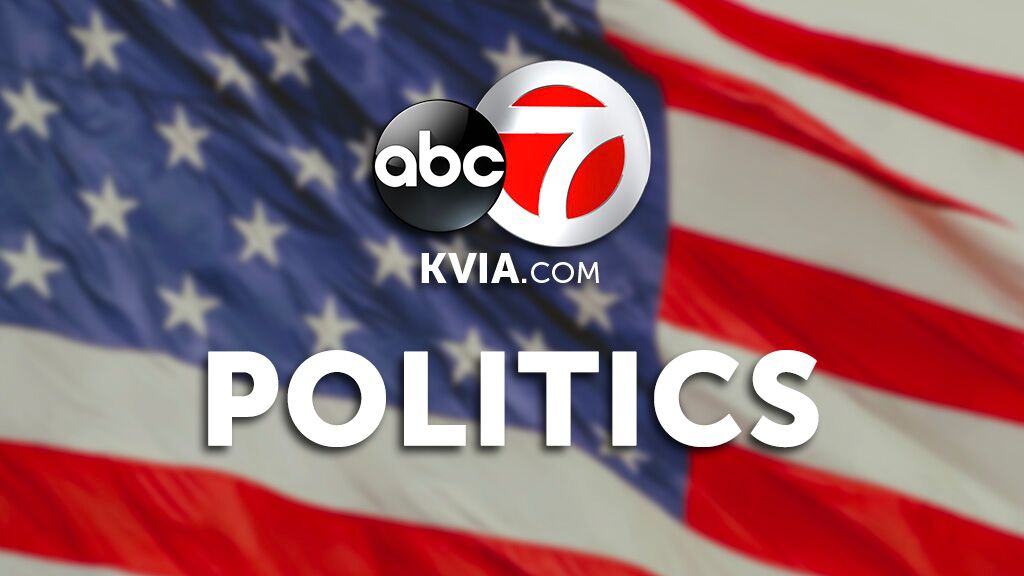Congress leaves state and local governments facing gaping budget holes

State and local officials have pleaded for more federal assistance for months as the Covid-19 pandemic drags on, but Congress appears to be tuning them out.
It’s looking less and less likely that the coronavirus relief package being hammered out on Capitol Hill will contain aid for states. Democrats are backing away from their insistence that the deal include $160 billion for state, local and tribal governments — which was already a far cry from the nearly $1 trillion in assistance allocated in the stimulus bill passed by the House Democrats earlier this year.
This comes as state and local governments are staring at budget shortfalls of between $172 billion and $308 billion over the next year and a half, according to an updated estimate by Moody’s Analytics released Thursday. And that’s assuming states drain the $72 billion in their reserve accounts.
While the new figure is less than Moody’s Analytics had projected in September, it’s still concerning, said Dan White, director of public sector research.
“There is a lot of money that’s going to have to come from somewhere to plug these state and local budget holes,” White said. “The question is where does it come from? Does it come from the federal government issuing debt and paying this over a long period of time with very low interest rates? Or does it come from state and local taxpayers immediately?”
White is already fielding questions from states on how they can raise revenue without damaging their economies. That’s because they, along with localities, have already made cuts.
State and local governments have already shed 1.3 million workers since the pandemic took hold in the US in March. The state and local workforce is now the smallest it has been since 2001, White said.
Most of the downsizing has come from local school districts, who laid off facility and support service personnel, as well as some administrators, as education shifted to remote learning amid the outbreak.
State revenues fall amid pandemic
States are seeing tax revenues slide amid elevated unemployment and depressed spending amid lock downs and other coronavirus safety measures.
Total tax revenues between March and October came in at $622 billion, down 4.1% from the same period a year earlier, according to the Tax Policy Center. Personal income tax revenue slipped 2.7%, corporate income tax revenue fell 6.3% and sales tax revenue dropped 3.8%.
There was wide variation among the states, even more than typically happens during an economic downturn. And the differences don’t divide neatly between red and blue states.
Texas, Florida, Alaska, Oregon and North Dakota saw revenues drop more than 10% year-over-year, while Vermont, South Dakota, Idaho, Utah and Colorado enjoyed increases of more than 3%.
Generally, states are doing better than they had initially forecast in the spring, said Lucy Dadayan, senior research associate at the center. Officials had never dealt with a pandemic-fueled recession so they leaned toward more conservative revenue projections — in part because many had overestimated collections during the Great Recession in the prior decade.
In fact, state revenue losses have been tempered by higher-income earners, who have been able to work from home and have enjoyed strong stock market gains.
Still, state officials are facing some difficult decisions as they plan their budgets for fiscal 2022, which begins July 1 in most states.
“It doesn’t mean that states are out of the woods,” Dadayan said. “The fiscal challenges are still ahead. They are still seeing increased spending caused by the pandemic. Revenues are still substantially lower compared to actual collections in the prior year.”
Deep cuts in state and local budgets will also ripple through the economy, dampening the recovery, experts warn.
Fading hopes for more federal aid
Soon after Congress provided states and certain localities with $150 billion in March to help them cover coronavirus-related expenses, officials started asking for more funding and more flexibility to use the money to plug budget shortfalls.
The National Governors Association has been pressing for another $500 billion for months. This week, governors from several states blasted Congress when lawmakers’ support for another round of support began faltering.
“This is a major problem,” said New York Gov. Andrew Cuomo, a Democrat who is chair of the governors’ association. “It’s also a major disgrace.”
Local officials also expressed dismay that Congress’ relief package wouldn’t throw them a financial lifeline.
“As Congress stands on the precipice of failing to include direct fiscal assistance for cities, mayors across the country are alarmed, perplexed and livid that scores of first responders, police, firefighters, and other essential workers will lose their jobs and residents will lose the services they provide as cities struggle to balance their pandemic-ravaged budgets,” said Louisville Mayor Greg Fischer, a Democrat and president of the US Conference of Mayors.
